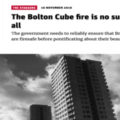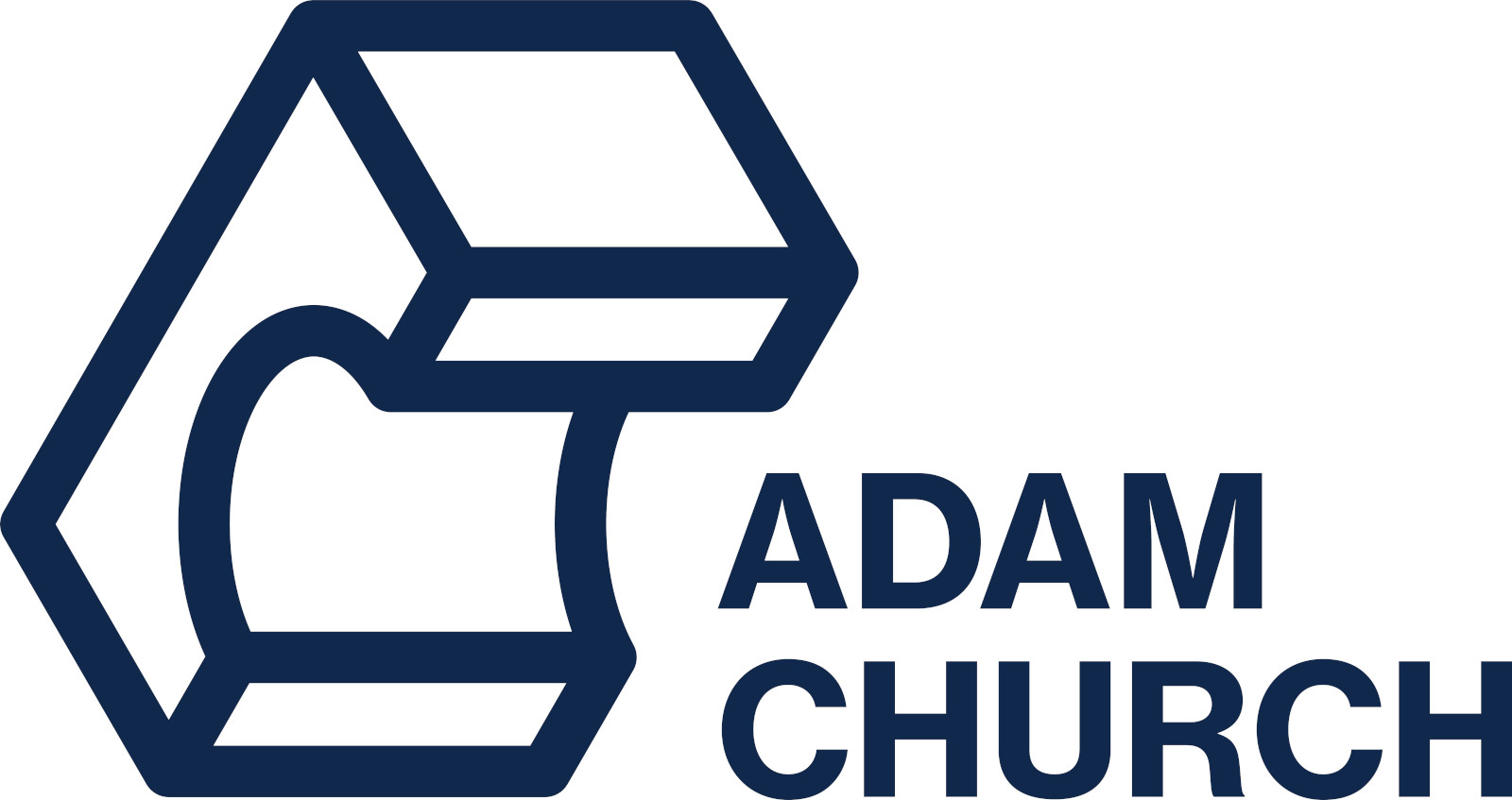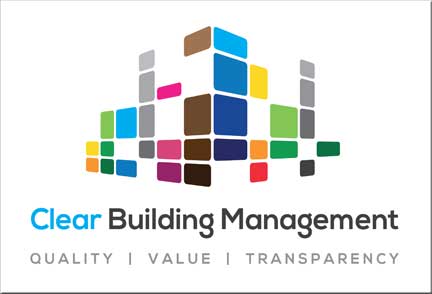
By Harry Scoffin
The Labour leader, Sir Keir Starmer, has criticised the government’s handling of the post-Grenfell building safety crisis, saying he could not believe “that three plus years after the event this cladding is even up there”.
Speaking on LBC radio yesterday, he urged people of all backgrounds and political persuasions to pressure ministers to resolve the situation which is trapping up to 3 million people in unsaleable, and potentially unsafe, flats:
“Everybody should call on the government whatever your political party, whoever you vote for, call on the government, do something about this, we owe it to people in this situation.”
Taking a call from Charlotte in Colindale, north London, who this week discovered her development is covered in Grenfell-style cladding and was not built to provide basic fire resistance, Sir Keir said he has been “picking up these stories of people who can’t sell their homes or can’t remortgage”, which is “terrible”, and recognised the “anxiety” of living with cladding.
He said he was “really sorry” that Charlotte now finds herself a cladding victim. He continued:
“I just think this is totally unacceptable. It’s now over three years since Grenfell. That was a terrible, terrible night when people lost their lives. I cannot believe that anybody thinks it’s acceptable that three plus years after the event that this cladding is even up there.”
Sir Keir cautioned that the situation “is complicated” with a mixture of public and private landlords involved.
Asked “to ensure the costs of remediation work do not fall on the shoulders of leaseholders and tenants”, the Labour leader did not confirm his party’s position on who should pay.
Earlier in the programme, Abi Tubis of Leeds Cladding Scandal criticised the £1bn Building Safety Fund, saying that the remediation bills to leaseholders at her block are expected to be in the millions of pounds, with scaffolding alone set to cost them £500,000.
The Communities Select Committee estimates the taxpayer money will cover a third of affected buildings.
Saying she lived in an area of north London “of intense new building and generation”, Charlotte replied to Sir Keir to say that her sitting Conservative MP had voted against an amendment to the Fire Safety Bill that would have implemented the recommendations from phase one of the Grenfell inquiry.
In response, he promised he would hold the government, with its “80-seat majority”, to account, but added that the issue “should not be party political”.
“I think anybody who saw Grenfell and that dreadful, dreadful night must come together now and say to the government: ‘This is just unacceptable. Do something about it.’ The safety of where people live is paramount and, heaven forbid, we have another night like that.”
Presenter Nick Ferrari observed that only last week the government promised £12bn of funds for new flats when “the costs, roughly, of sorting out the cladding are around £15bn”, with the building spree being thought of “as strange” by his listeners.
Speaking earlier to LBC as part of a report on Manchester’s Albion Works, a cladding site so unsafe its current buildings insurance does not pay out in the event of a fire, LKP chair Martin Boyd said that leaseholders without full cover “will be in technical breach of your mortgage terms”.
However, it is unlikely any lender would pursue foreclosure “because the flats aren’t worth any money”, he added.
Jittery insurers who amend policies in this way to cover liability raise the question of whether more cladding sites need to be decanted, he suggested. “Should people be actually living in it?”
Chartered fire engineer Gareth Jones, who helped to produce the RICS-backed EWS1 certificate which has stalled the flats market, told LBC that nobody knows how many apartment buildings are affected by cladding and fire safety issues.
He said that he did not want a lack of trained professionals to survey blocks to be preventing safety or preventing people from moving on with their lives and that technology and data is badly needed.
A national building safety database recording building height, number of staircases, cladding materials and other key information would provide clarity, he added.
He went on to suggest the government’s consolidated guidance note from January has dramatically changed assessment of risk, forcing engineers to be “looking through a different lens with these buildings”.
It was this move, he claimed, which may have resulted in waking watch fire wardens and big rises in insurance bills for developments that are materially safer than they are on paper.
Mr Jones said his business has been finding that 80-90% of the buildings it surveys are not passing the EWS1 certification process and would need remediation works to be made safe.





 Lords from all parties trash government’s multi-billion pound give-away to freehold owners
Lords from all parties trash government’s multi-billion pound give-away to freehold owners




















